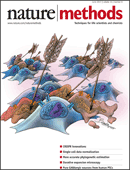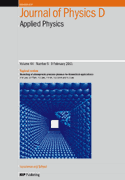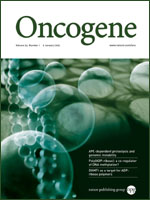 Statisticians are mounting a challenge to a much-publicized study suggesting that human lifespan has a limit of approximately 115 years — 125, tops.
Statisticians are mounting a challenge to a much-publicized study suggesting that human lifespan has a limit of approximately 115 years — 125, tops.
Published last October in Nature, the study from scientists at Albert Einstein College of Medicine in New York was the eleventh most talked-about piece of research in 2016, according to Altmetric. The paper is not yet indexed in Clarivate Analytics’ Web of Science.
But now, multiple research teams have described what they see as flaws in either the statistical methods or underlying reasoning of the study. Today, Nature published five peer-reviewed rebuttals, in response to the study. Another scientist described his concerns about the paper in April in F1000 Research.
The five papers in Nature are published as Brief Communications Arising, the journal’s way of flagging an important debate over a paper. The short papers provide new data to challenge a central part of a paper’s conclusions. The study’s authors, however, have responded to all five, defending their methods, especially their controversial decision to rely in part upon a visual inspection of mortality data in concluding there is a limit to human lifespan. Senior author Jan Vijg, a geneticist, told Retraction Watch:
Continue reading Widely publicized Nature study on human age limit draws fire
 When a journal discovers elementary design flaws in a paper, what should it do? Should it retract immediately, or are there times when it makes sense to give the researchers time to perform a “do-over?”
When a journal discovers elementary design flaws in a paper, what should it do? Should it retract immediately, or are there times when it makes sense to give the researchers time to perform a “do-over?” A
A 



 Despite taking some serious hits, a 2006 letter in
Despite taking some serious hits, a 2006 letter in 
 Here’s a rather odd case: When readers raised issues about some of the images in a 2008 cancer paper, the authors issued a correction last year. But when
Here’s a rather odd case: When readers raised issues about some of the images in a 2008 cancer paper, the authors issued a correction last year. But when